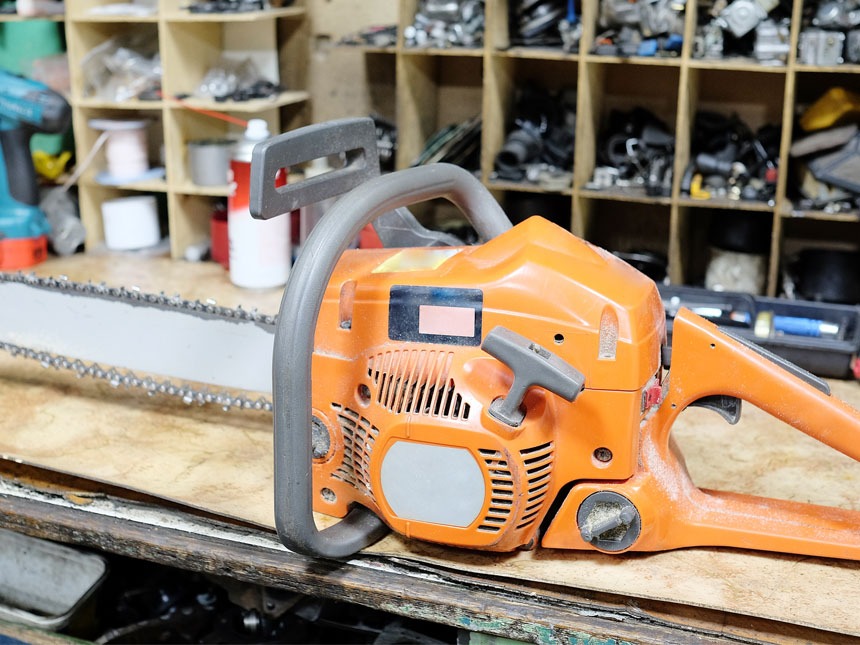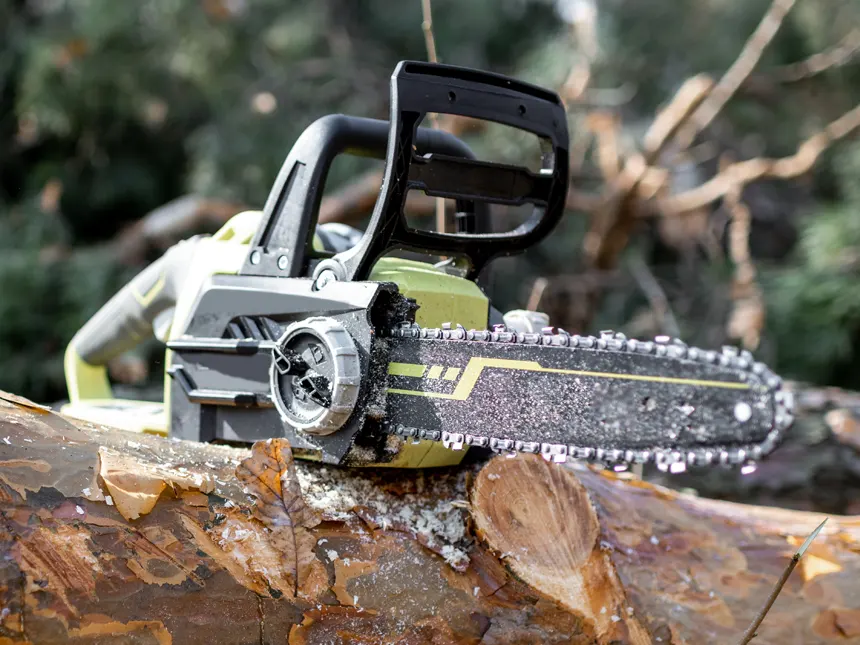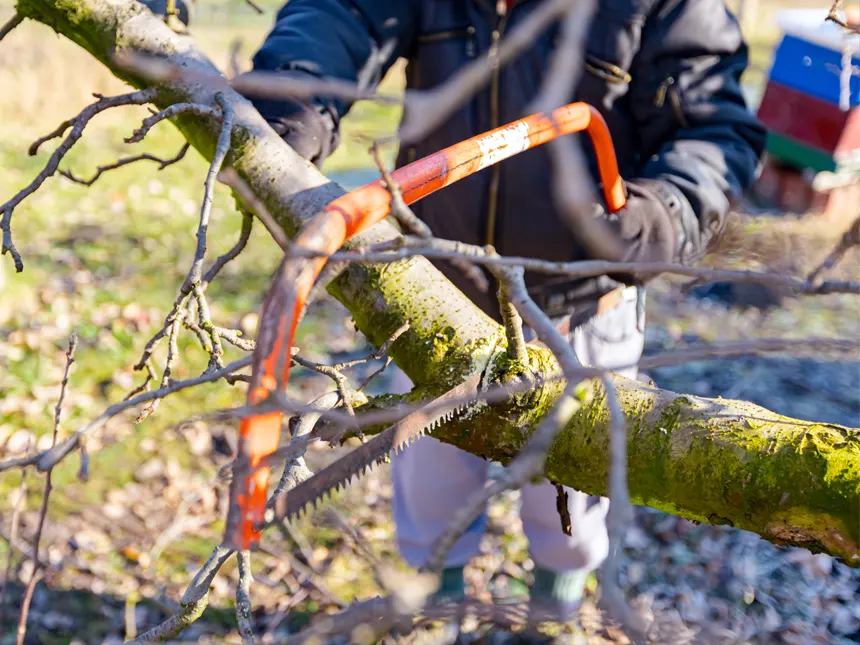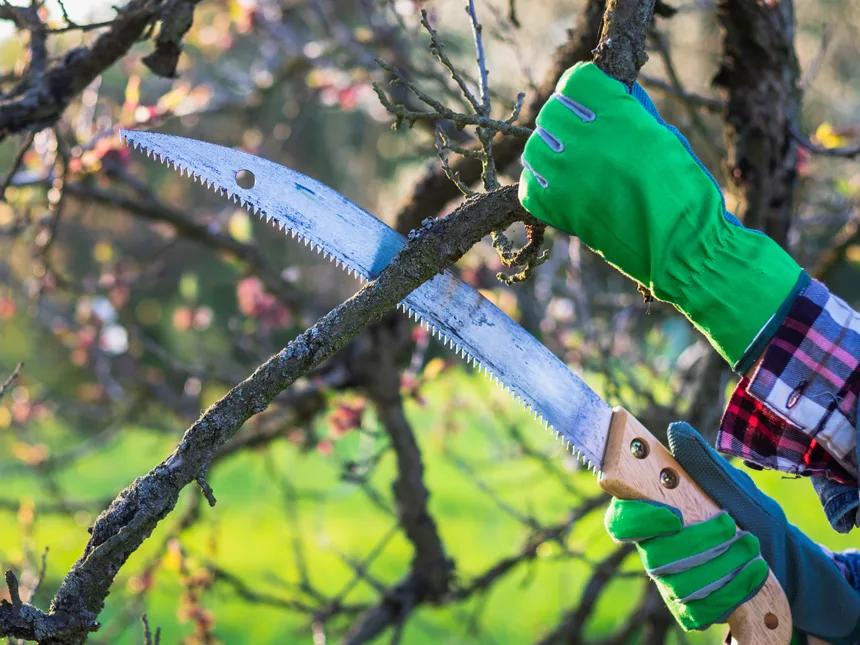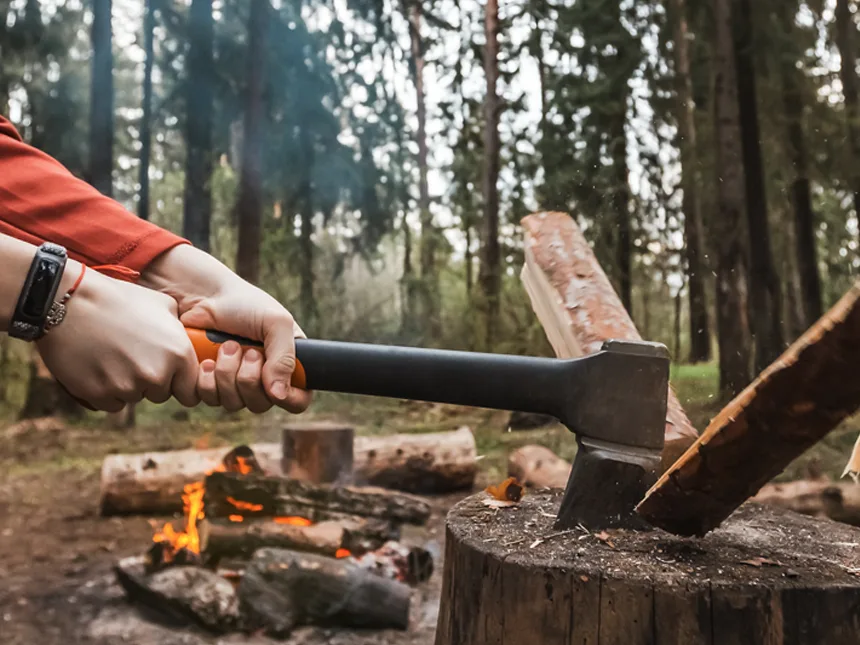Alder Firewood: Is it Any Good?
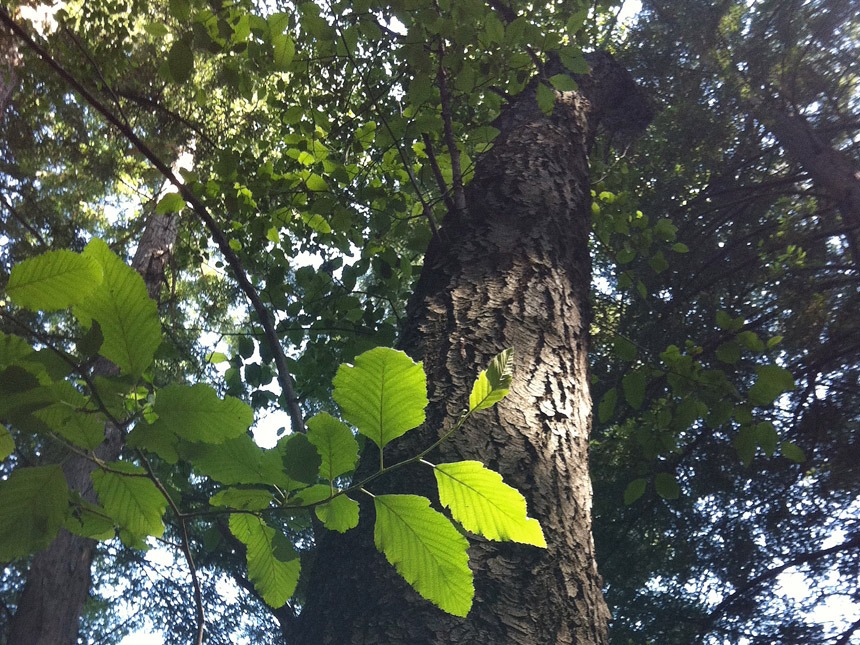
Timber Gadgets is reader-supported. We may earn a commission if you buy through the links on our site.
Alder is average firewood. It burns fast and warms your room quickly. It is hardwood but has a low density, so its characteristics resemble more to softwoods.
Its heat output is low as compared to other hardwoods like oak and beech. Alder belongs to the birch family and it is a deciduous tree. There are two main species: red alder, and black alder.
- Red alder is commonly found in North America (along the west coast).
- Black Alder is native to Europe.
Alder firewood turns into great coals, which are useful in cooking. Moreover, the smell of burning Alder is quite sweet. Moreover, it’s one of the easier hardwoods to split and it doesn’t take forever to season.
Table of Contents
Burn Qualities of Alder Firewood
BTU: 17.5 million BTUs per cord
Weight: 2540 lbs. per cord (Dry)
Seasoning Time: 6 – 8 months
Splitting Difficulty: Easy
Smoke: Low
Smell: Pleasant, Sweet
Perhaps one of the best uses of Alder comes from mixing it with other, hotter-burning firewoods.
Heat Output
Alder produces 17.5 million BTUs of heat per cord. The cord is a measuring unit for firewood and measures volume only. It has dimensions of 8*4*4 cubic ft. It lights easily and burns like softwood. Alder burns hot and fast, making it hard to rely on in the extreme cold.
Smoke
If Alder is seasoned properly, it only creates a small amount of smoke. But, when burned wet, it produces a lot of smoke and leaves extra ash behind.
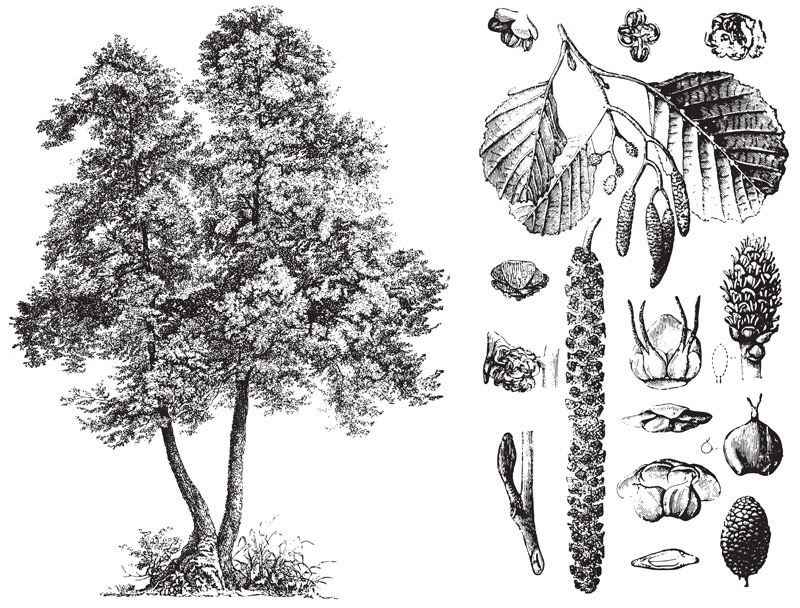
Creosote
Creosote production is typically linked to the quantity of smoke (unburnt particles). These unburnt particles cling to the walls of the chimney and build layers called creosote. Alder, when seasoned properly, does not produce much of either.
As with all firewood, make sure it’s seasoned properly.
Always remember to get your chimney cleaned before fall so that existing creosote gets removed. Excessive creosote build-up can lead to narrowing of the chimney, which may cause a chimney or house fire. Remember, creosote is flammable.
Spark
Alder produces a moderate amount of sparks. Use precautions when burning indoors.
Smell
Alder gives off a pleasant smell. It produces a nice fragrance indoors and makes campfires enjoyable. For its smell, it finds great use in smoking food, especially meat.
Coals
It produces great coals! Its quality is not comparable to high-density hardwood like oak but still, it performs well.
Splitting
Alder is not difficult to split (compared to sweetgum, for example). It has a straight grain and low density. Big logs take longer to dry and alder decays relatively fast so it is advised to split it as soon as you cut the tree.
Related: Best Splitting Mauls
Comparing Alder to Other Firewood
Here we have compared Alder with other common firewood.
| Species | Weight (lbs./Cord) Dry | Heat per Cord (Million BTUs) |
|---|---|---|
| Pecan | 4500 | 28.5 |
| Beech | 3760 | 27.5 |
| Walnut, Black | 3192 | 22.2 |
| Sweetgum | 2592 | 21.3 |
| Cherry | 2928 | 20.4 |
| Elm, American | 2872 | 20.0 |
| Alder | 2540 | 17.5 |
| Pine, Ponderosa | 2336 | 16.2 |
| Pine, White | 2250 | 15.9 |
| Fir, White | 2104 | 14.6 |
| Redcedar, Eastern | 2060 | 13.0 |
How Long to Season Alder Firewood?
Alder loses moisture quickly and greenwood takes 6 to 8 months to become burn-ready after splitting. It has thin bark and loses moisture quickly.
It’s necessary to stack alder firewood above ground level to prevent its decay as it decays fast. So, split it as soon as you cut the tree and stack it in racks raised off the ground and properly aerated.
Identifying Alder Trees
Alder has roughly 35 species. Red and black alder are the two most common species native to North America and Europe respectively. It can be identified for its distinctive features like a large crown, brown conifers like cones, and serrated leaves.
It bears long conical clusters of flowers known as “catkins”. They typically grow between 60 to 70 ft and live up to 100 years.
Related: Best Hand Saws for Cutting Trees
They are usually found growing in moist environments around bodies of water. Their roots hold the soil and help prevent erosion. In their roots, these have nodules containing nitrogen-fixing bacteria which incorporate aerial nitrogen into the soil and increase fertility.
Leaves
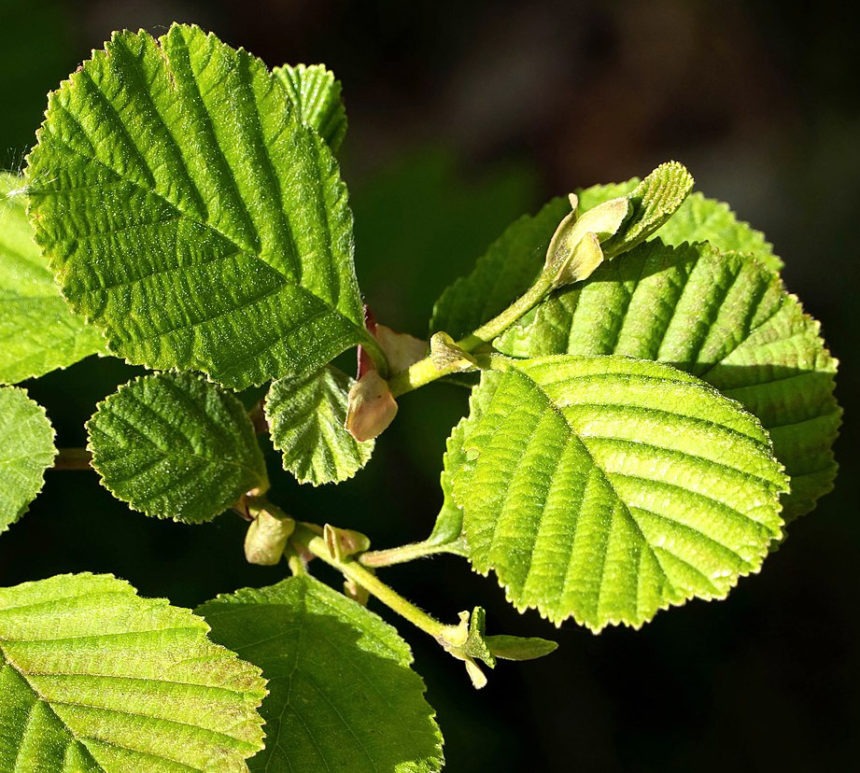
Alder has an egg-shaped leaf with serrated margins. It is a deciduous tree that sheds leaves in the fall. Red alder leaves turn yellowish-brown in the fall.
Bark
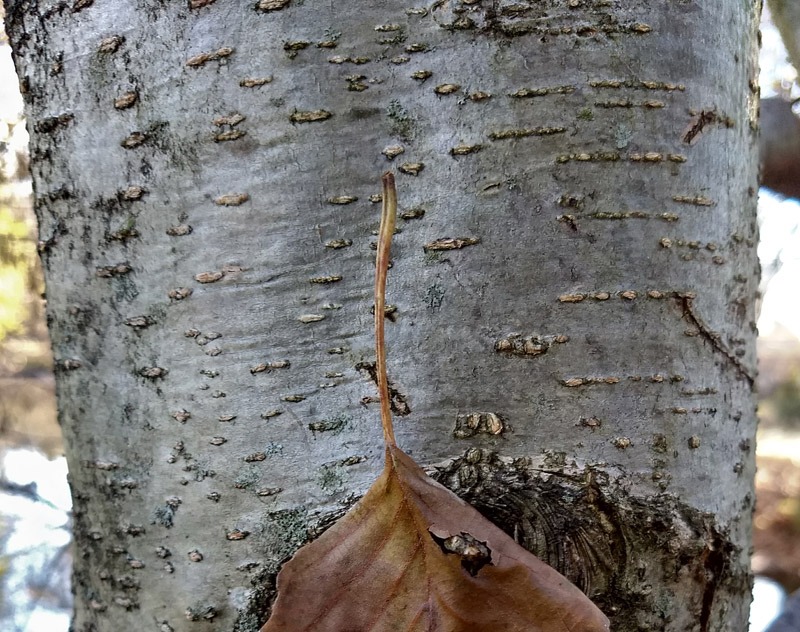
The bark of an Alder tree is ash-gray to white in color. Moreover, the bark has a smooth texture (as seen in the picture above). It’s worth mentioning that the growth of moss and white lichen may cause the tree’s bark to darken.
Featured photo credit: Schmiebel Wikipedia (CC BY-SA 3.0)

